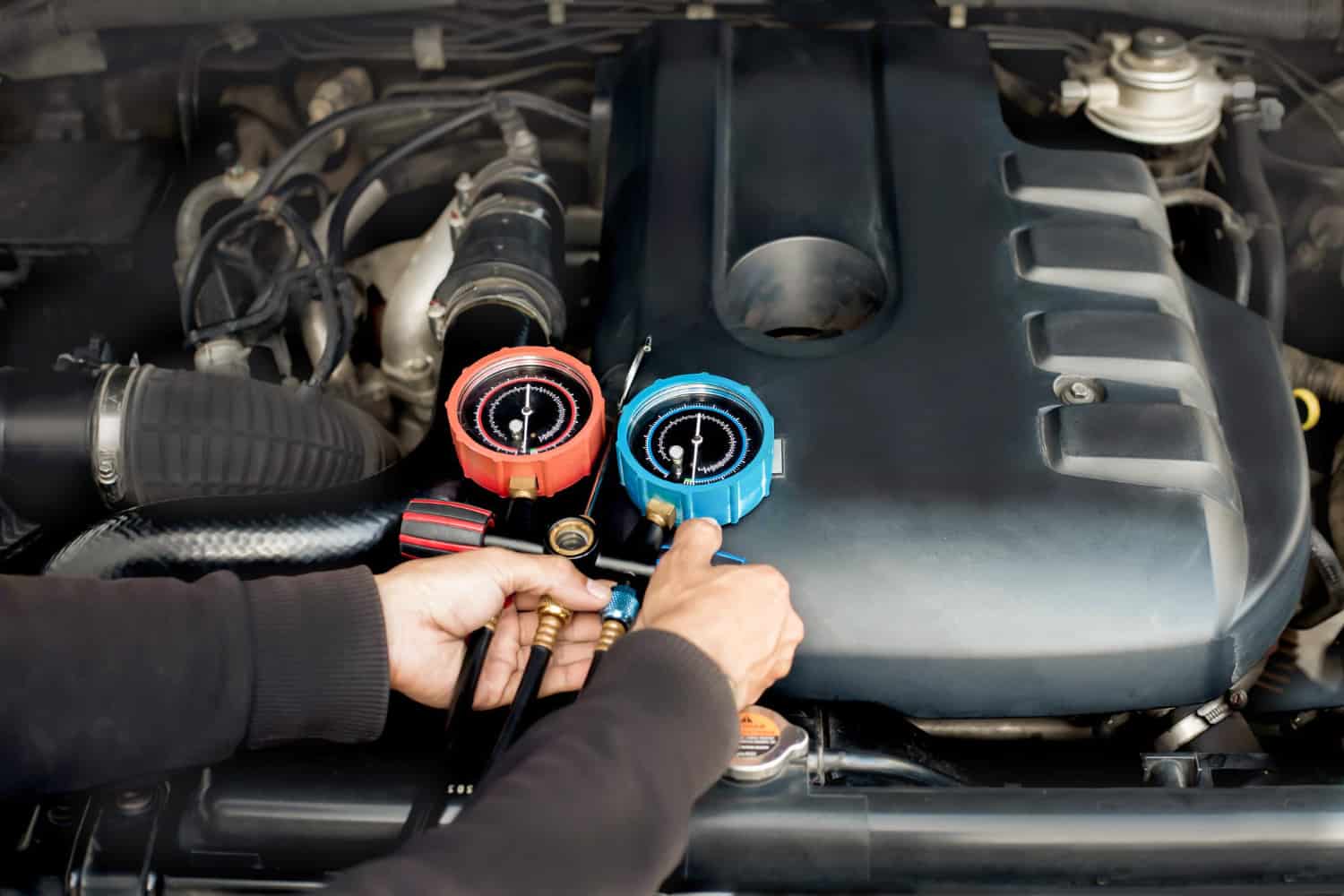Introduction
The coolant temperature of a vehicle plays a critical role in maintaining engine health and overall performance. In this blog post, we will delve into the importance of coolant temperature, how it works, and essential tips for maintaining it at optimal levels. Understanding and managing coolant temperature is vital for ensuring the longevity and efficiency of your vehicle's engine.
What is Coolant Temperature and How Does it Work?
Coolant temperature refers to the temperature of the liquid coolant that circulates through the engine and helps regulate its operating temperature. The coolant absorbs heat from the engine and carries it to the radiator, where it is cooled before returning to the engine.
The Role of Coolant Temperature:
Engine Temperature Regulation: Coolant temperature plays a crucial role in maintaining the engine within the optimal operating temperature range. Too low a temperature can result in poor fuel efficiency, increased emissions, and engine wear. On the other hand, excessively high temperatures can lead to overheating, potential engine damage, and decreased performance.
Lubrication and Corrosion Prevention: The coolant not only regulates temperature but also acts as a lubricant, reducing friction between various engine components. Additionally, it contains anti-corrosion additives that protect the engine against rust and corrosion, ensuring its longevity.
How to Maintain Coolant Temperature:
Regular Coolant Inspections: Check the coolant level regularly and ensure it is at the recommended level. Low coolant levels can lead to inadequate cooling and increased engine temperature. If necessary, top up the coolant with the manufacturer-recommended type and mixture ratio.
Flushing and Changing Coolant: Over time, the coolant can become contaminated with debris, rust, and other contaminants. It is important to flush and replace the coolant at the manufacturer-recommended intervals to maintain its effectiveness.
Inspect the Radiator and Cooling System: Periodically inspect the radiator and cooling system for any signs of leaks, damage, or blockages. Ensure that the radiator fins are clean and free from debris to maximize heat dissipation.
Regular Maintenance: Follow the manufacturer's recommended maintenance schedule for your vehicle. This includes checking and replacing worn-out hoses, belts, and other cooling system components to prevent potential failures that could affect coolant circulation.
Avoid Overloading and Extreme Conditions: Heavy loads, towing, and driving in extreme conditions such as high temperatures or steep inclines can put additional strain on the cooling system. Be mindful of these factors and take necessary precautions to avoid overheating.
Conclusion:
Maintaining optimal coolant temperature is vital for the health and performance of your vehicle's engine. Understanding how coolant temperature works and implementing proper maintenance practices, such as regular coolant inspections, flushing, and system checks, will help prevent overheating, engine damage, and costly repairs. By prioritizing coolant temperature management, you can ensure a smooth and efficient driving experience while prolonging the life of your vehicle's engine.
🌐Discover more
Visit at https://www.bongoiot.com/cold-chain-solution
WhatsApp (+88) 01322813551
or,

